Happy #WeatherWednesday everyone! Today’s discussion explores incredible and perplexing bulges that hang beneath thunderstorm anvils and some elevated convection. These are known as mammatus clouds, or mamma for short. Many supercells exhibit some mammatus in their turbulent upper levels, often downwind of the updraft region. Seeing mammatus may indicate severe weather approaching when they develop downwind of the updraft, but weak storms and showers can form them just as easily. By this I mean visible out ahead of the cell’s path of travel within the current of the winds aloft. You may also see them after the passage of severe storms as mammatus often form on the rear side of strong cumulonimbus clouds. They contain condensed air parcels and ice that are rapidly moving up and down along their path of travel, much like a bumpy roller coaster. This turbulence is fascinating to witness visually, but probably not up close in an airplane.
Mammatus can be thought of as upside-down convection where the clouds grow from the sky toward the ground. It is still unclear exactly how mammatus develop. Some storms produce them, some don’t. Every now and then a weak shower or virga will even produce them. We know more about tornado formation than mammatus formation at this time because of the many field research projects conducted for tornadoes. There isn’t much research on mammatus clouds and it is difficult to conduct field research for them. One hypothesis is that mammatus form when condensed air parcels traveling along their trajectory away from the storms’ updraft region become turbulent and produce these bulges and lobes. The parcels will attempt to fall out of the storm anvil cloud and warm as they descend (moist adiabatic lapse rate). The warming parcels fall into a layer of colder air beneath the anvil from evaporative cooling. Since warm air is less dense than cold air, the parcels are thought to bounce back up to the cloud base. It is kind of like dropping ice cubes into water. The ice hits the water and may sink a little from momentum before popping back up to the top because ice is less dense than liquid water. There are several other hypotheses about mammatus formation that have a basis in thermodynamics, radiation, or cloud physics that you will be spared today.

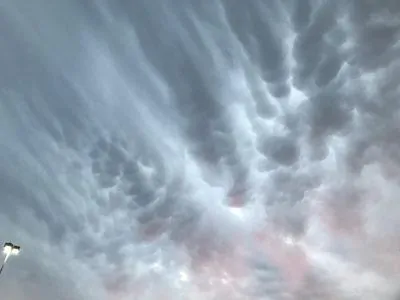
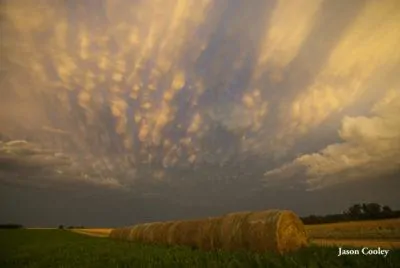
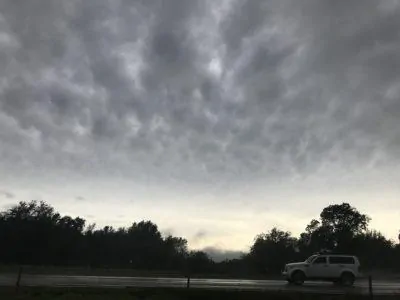

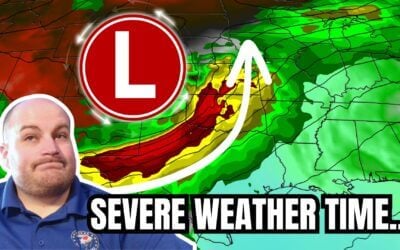
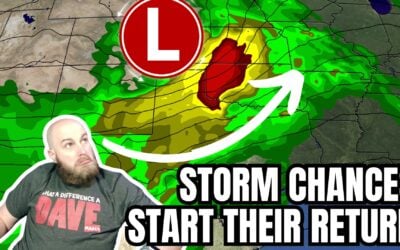
0 Comments